The National Assembly recently discussed in groups the investment policy for the North-South high-speed railway, with the majority of delegates agreeing on the necessity of the project.
Speaking with Giao Thong Newspaper, delegate Pham Van Hoa (Law Committee of the National Assembly) said that the content of the report clarified the necessity of the project, investment capital, route direction and investment method.
However, it is still necessary to take the actual implementation of metro projects as a lesson when investing in the North-South high-speed railway project to avoid capital increases and delays.
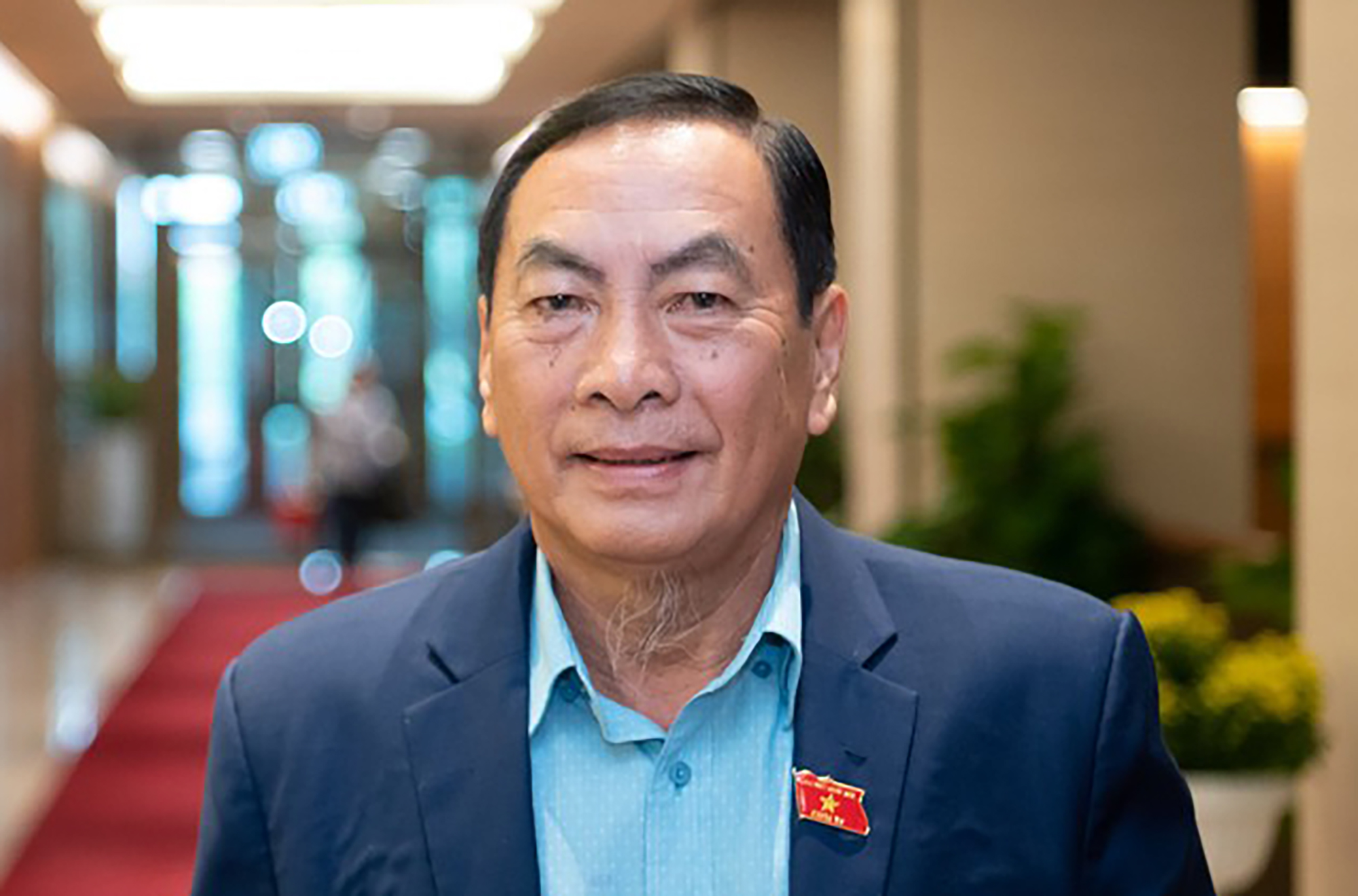
National Assembly Delegate Pham Van Hoa.
Calculate carefully to avoid capital increase
What do you think about the latest content in the Government's Submission to the National Assembly that the delegates just discussed in groups?
This is an unprecedented mega-project in the country’s public investment history. But I highly appreciate the drafting agency for its thorough preparation to submit the investment policy to the National Assembly at this 8th session.
I think that many opinions of National Assembly delegates and people agree to support the project to be implemented soon.
Because the benefits of high-speed rail have been proven in many countries around the world, the closest to us are Japan, China, and Indonesia.
If approved and implemented promptly, we will have a modern railway system that is no less than that of developed countries in the world. This will promote socio-economic development and ensure national defense and security.
After studying the report and the content of the meeting at the National Assembly about this project, do you still have any concerns?
As in the recent group discussion, I and some National Assembly delegates suggested that the Government should clarify the total investment of the project.
More than 67 billion USD is a huge amount of money, accounting for a significant portion of GDP in the present and the next decade.
Whether this capital will increase further, and if so, by how much, also needs to be carefully calculated.
The project will be implemented over many years and will not be completed until 2035, so inflation and depreciation factors must be taken into account to minimize capital increase.
Lessons from urban railway projects in Ho Chi Minh City and Hanoi about capital overruns and slow progress are still valid.
However, I think that if we calculate carefully and do not depend on foreign countries, we can completely implement the project with the capital as submitted to the National Assembly.
What I am also interested in is the ability to master technology and develop the railway industry from this project.
I understand that the people who participated in writing this project went to study in countries with developed high-speed railway systems such as China, Japan, France, etc.
For now, we can learn from other countries, but in the long run, we need to master and create our own technology. Technology transfer is crucial to achieving that goal.
Mastering technology is key
In his recent speech at the meeting, the Minister of Transport also stated that we must definitely master technology in construction, maintenance, and repair... because these are issues that will be very complicated if we depend on foreign countries in the future.
So, in your opinion, how should we master and request technology transfer?
The mastery of technology as stated by the Minister of Transport is very correct. In my opinion, foreign companies participating in bidding must form joint ventures with domestic contractors and negotiate technology transfer to domestic companies.
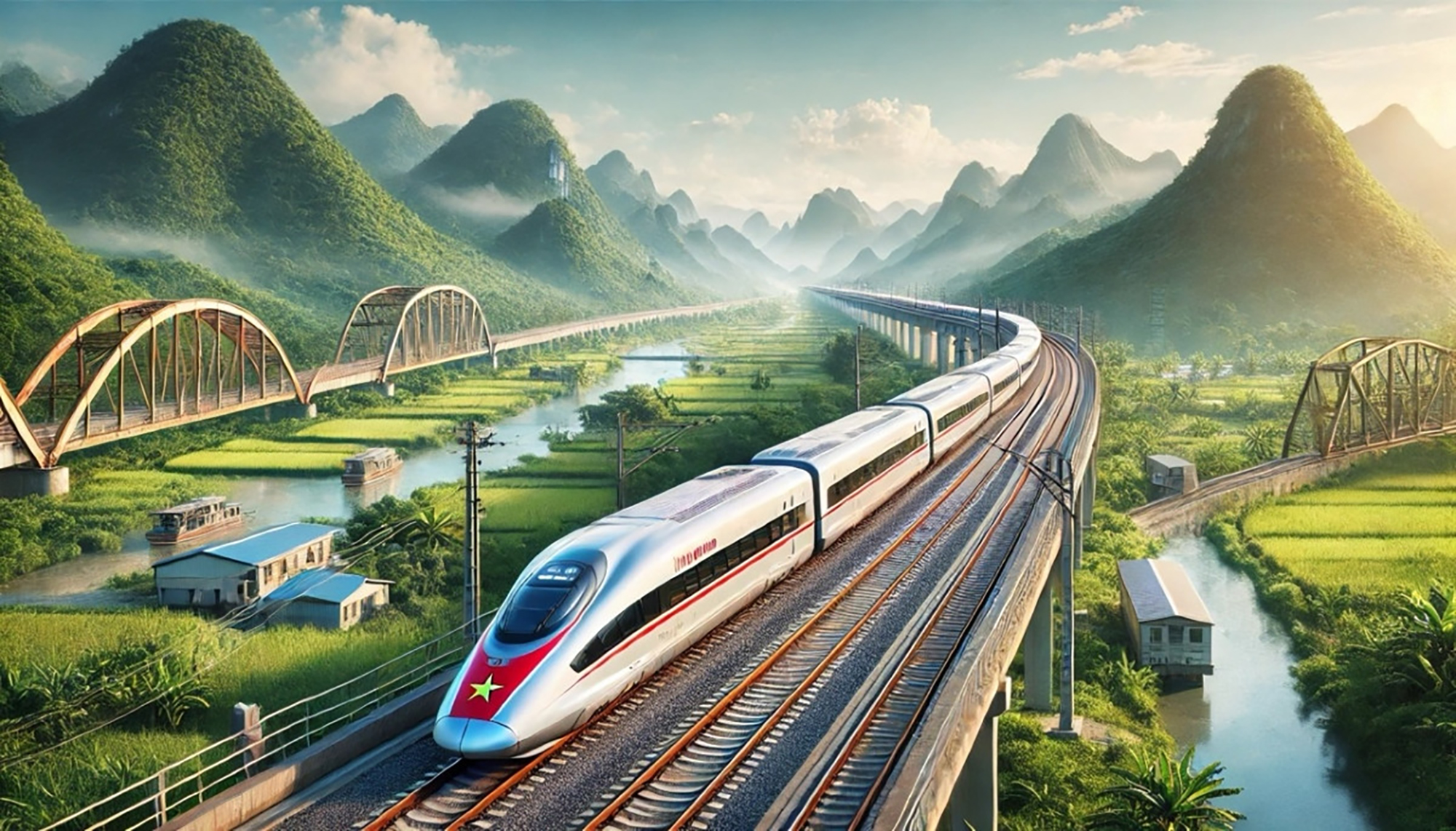
Careful calculation to minimize capital increase and delay in progress is an important issue when implementing high-speed railway projects (illustrative photo).
The signing of the technology transfer contract must be done before bidding. Foreign companies that do not sign the transfer contract before bidding will be disqualified.
At the same time, it is also necessary to establish a department to inspect, monitor and evaluate the implementation of technology transfer with specific criteria.
At the same time, we implement a policy of inviting Vietnamese scientists at home and abroad to contribute their efforts and intelligence, and implement a large-scale human resource training policy to serve the railway industry.
Through group discussions, many opinions identified one of the reasons for the slow progress of previous urban railway projects was site clearance.
So, for the high-speed railway project, in addition to the solution of separating land acquisition and clearance into a separate project, what other factors do you think are needed?
In my opinion, land acquisition and compensation is closely related to the initiative of localities.
Therefore, as soon as the policy is approved, the provinces and cities where the high-speed railway passes through need to propagate to the people to understand the importance of the project. From there, there will be consensus in land acquisition and clearance.
When the National Assembly approves the investment policy, localities need to quickly start implementing planning adjustments, exploiting land funds and added value from land in the vicinity of high-speed railway stations as per the specific policy proposed in the Government's submission.
Not every province needs to have a train station.
During the group discussion, there was also an opinion that it is necessary to study the route to make it the straightest and most effective. What is your opinion on the route and stations that the Government proposed in this project?
It is expected that the North-South high-speed railway will have 23 passenger stations along 20 provinces and cities, some provinces will have up to 2 passenger stations such as Ha Tinh, Binh Dinh, Binh Thuan. On average, there will be 1 station every 70km.
In the group discussion, there was an opinion that such a distance is suitable for a train speed of 350km/h or not?
Because the speed from 0 - 350km/h requires a large enough distance to take advantage of the speed, otherwise the train will have to stop at the station as soon as it reaches its maximum speed, which will waste a lot of energy.
This was explained by Minister of Transport Nguyen Van Thang that the type of train designed to run at 350km/h only stops at 5 stations alternating with each other, not 1 train stopping at all 23 stations. The train stopping at 23 stations will have a lower speed.
This means that the stopping distance of a train with a maximum speed of 350km/h will be hundreds of kilometers. This is reasonable, countries around the world also design like this to bring high efficiency.
Another thing I'm concerned about is that not every province necessarily has a train station.
If the traffic volume (passengers and goods) and the types of transportation are not suitable, then even if the province has a high-speed railway passing through it, it is not necessary to have a station.
This helps reduce costs and increase mining efficiency later on.
Thank you!
Mr. Chu Van Tuan, Deputy Director of Railway Project Management Board, Ministry of Transport:
A series of specific mechanisms for rapid deployment
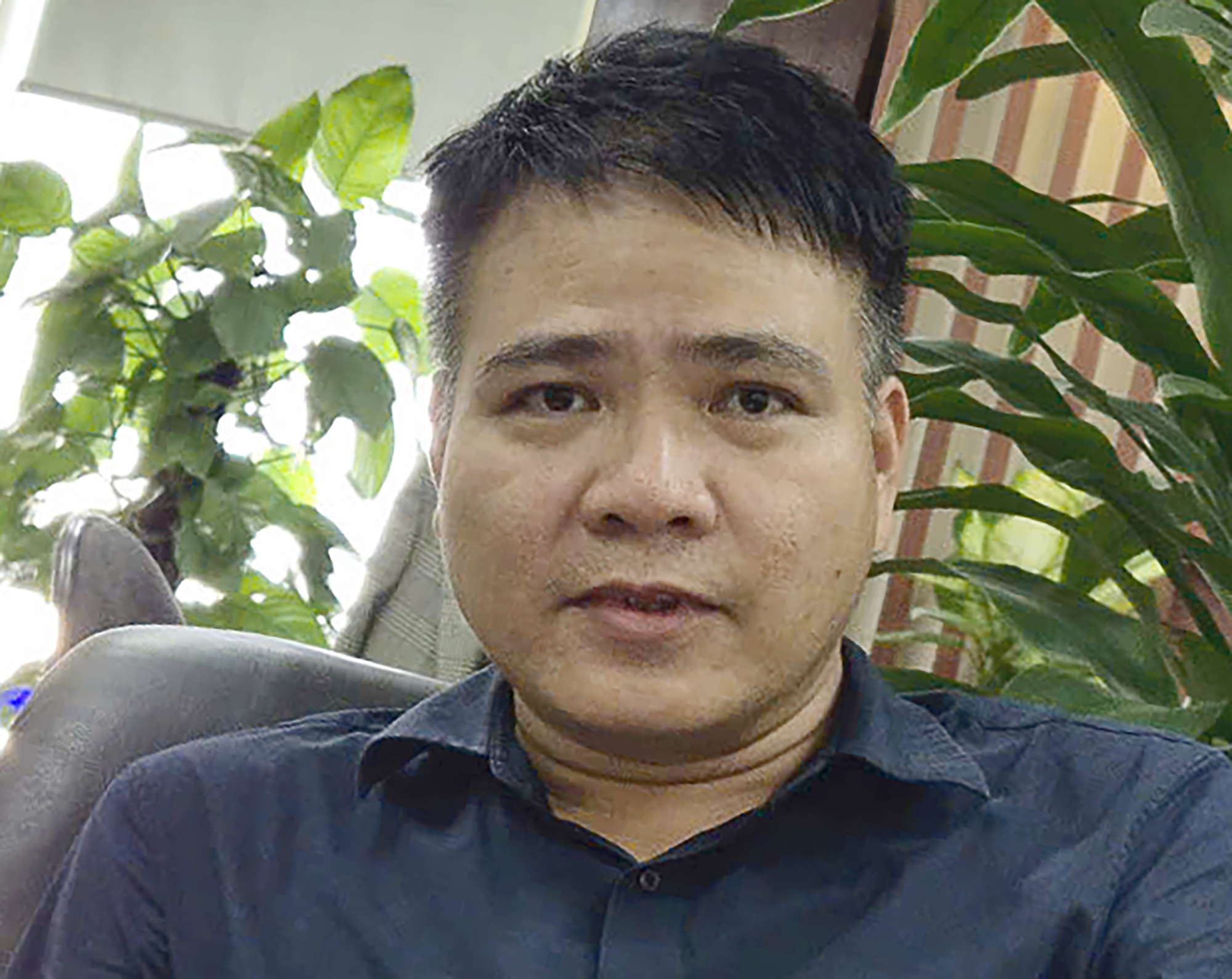
High-speed railways are being deployed in a context where the economic scale has many advantages.
It is expected that by the time construction begins in 2027, the size of the economy will reach about 564 billion USD, and investment resources will no longer be a major obstacle.
However, this is a project of exceptionally large scale, unprecedented, technically complex, integrating many specialties, Vietnam has no experience, the implementation process will encounter difficulties, from capital mobilization, site clearance, human resource level...
To meet the progress and effectiveness of project implementation, 19 specific mechanisms have been researched, proposed and reported by the Government to the National Assembly for consideration.
In particular, the capital allocation mechanism is one of the important contents. To ensure feasibility and bring the project to the finish line by 2035, the Ministry of Transport, consultants and relevant agencies have proposed a mechanism for the project to be allocated capital through many medium-term public investment planning periods, with the capital allocation level for each medium-term period consistent with the project implementation progress.
Optimizing investment preparation time, early project start, design process is also proposed to be shortened but still ensure quality.
With the normal process, the project will have to go through 4 design steps, to start the project from the time of approval, it will take about 4 years at the fastest, which means it is expected to start construction in the second quarter of 2029 at the earliest.
Therefore, the consultant proposed a mechanism for investors to establish FEED design instead of basic design in the feasibility study report.
Because the project has a large number of stations spread along the route, organizing an architectural competition according to current law takes a relatively long time (at least about 6 - 12 months).
Meanwhile, according to the law, the winning plan will be protected by copyright, adjusting the architectural plan according to the practical requirements of each station is very complicated and time-consuming.
On that basis, the proposed high-speed railway station project is not subject to architectural design competition.
In addition, from experience in implementing large-scale transport projects in recent times, a series of mechanisms and policies to shorten site clearance time as well as prepare material sources have been mentioned in the pre-feasibility study report submitted to the National Assembly.
Mr. Nguyen Van Phuc, former Deputy Chairman of the Economic Committee of the National Assembly:
Start training human resources now
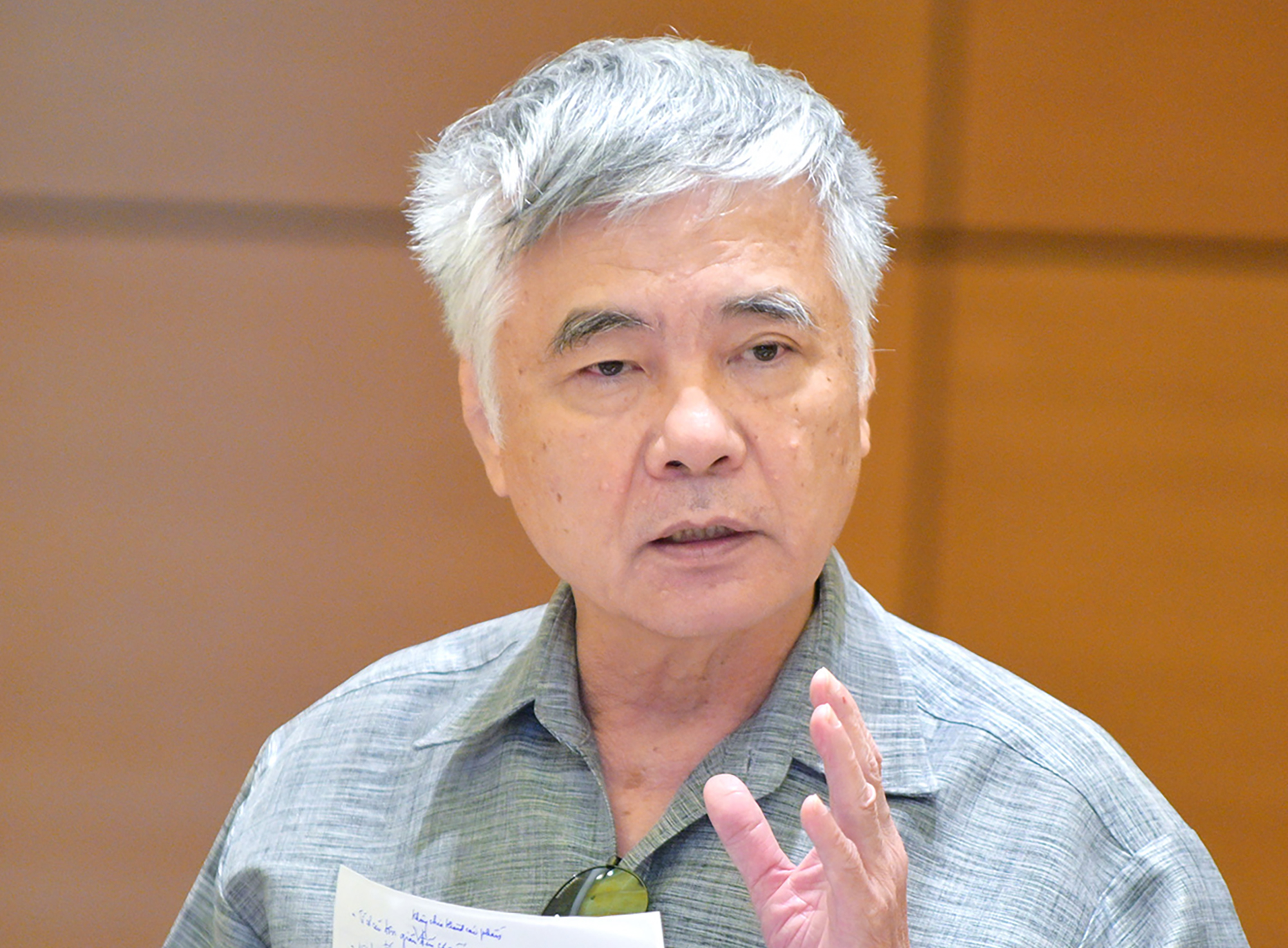
Although there are many advantages in mobilizing resources, it is undeniable that the project will face many difficulties due to unprecedented, huge capital, modern technology, long investment time, and complex technical nature.
Recently, in the pre-feasibility study report submitted to the National Assembly, the Government proposed 19 specific and special mechanisms and policies under the authority of the National Assembly, which can be divided into 3 groups.
The first group is the mechanisms and policies on resource mobilization. In my opinion, for this group of mechanisms, the most important thing is to immediately start preparing human resources.
Because after the policy is approved, the work of preparing a feasibility study report to submit to the competent authority for approval needs to be implemented soon, followed by design, construction, and technology transfer.
There needs to be a careful assessment, is our management, operation, maintenance and repair system sufficient?
I believe that it is not enough and Vietnam does not have high quality human resources to meet the requirements of managing and operating a railway line with a speed of up to 350km/h. Therefore, human resource training must be implemented immediately.
The second group is to ensure the progress, quality, and investment procedures of the project. The proposed project implementation schedule is 10 years, from 2025 to 2035.
But in fact, the construction phase is only 7 years, because if the National Assembly approves the investment policy, it will take 3 years to prepare a feasibility study report, clear the land...
Therefore, specific mechanisms and policies, especially on investment procedures, are extremely important.
The third group is other solutions. In particular, it is necessary to reorganize the project management organization. This solution may be under the authority of the Government but must be raised.
For large, complex projects, it is necessary to research and establish a specialized project management board.
How to implement the project management model is also a top priority and requires early preparation.
Associate Professor, Dr. Tran Chung, former Director of the State Appraisal Department of Construction Quality, Ministry of Construction:
Solving the problem of technology selection
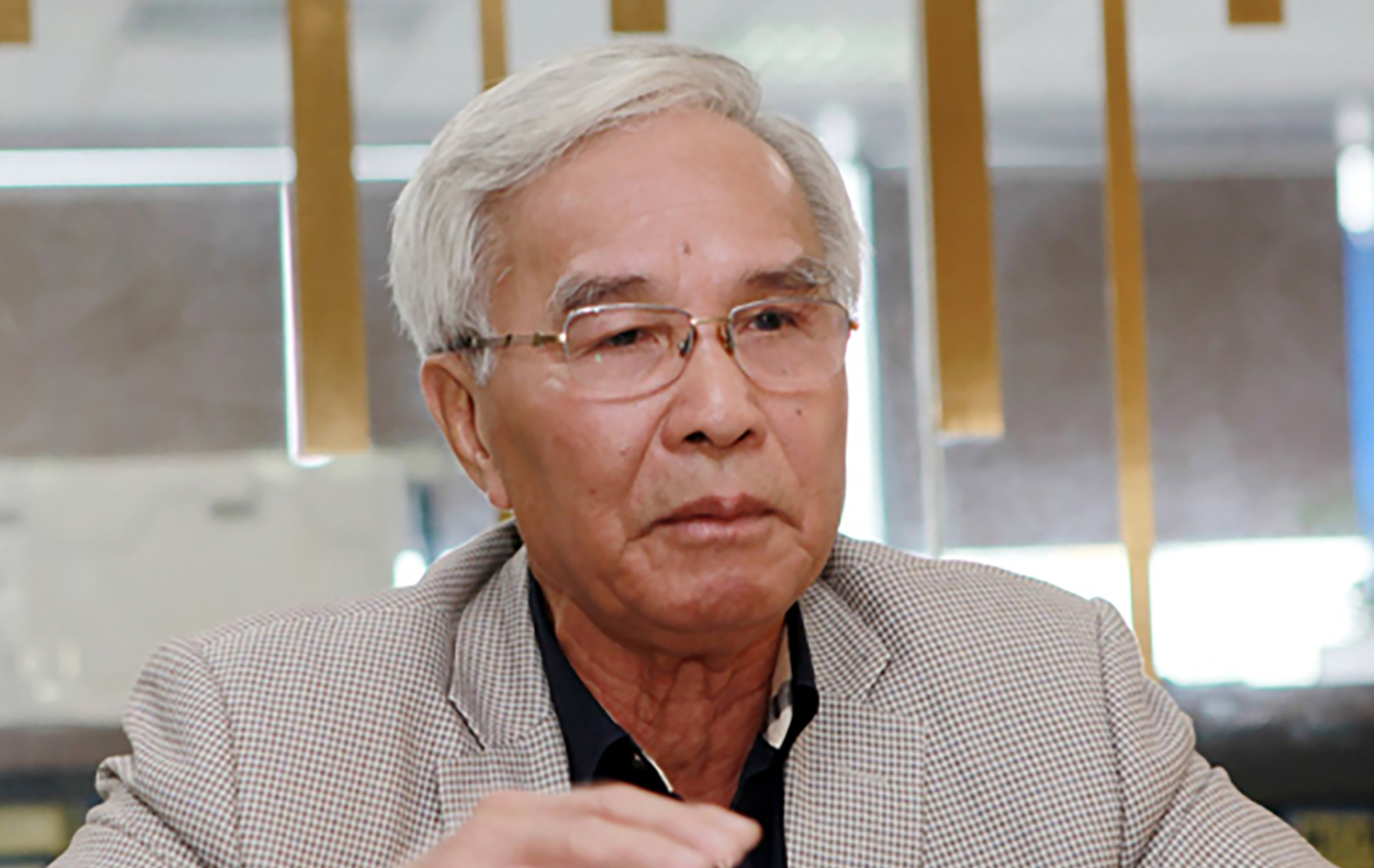
This is a very special project with a historic mission. It can be affirmed that this is a project that we must rely on foreign technology.
Will the government have to calculate to choose technology from one country or combine technology from many countries?
The challenges of geographical conditions, climate, storms, floods… will determine which technology to choose, not only the type of train but also other support systems such as rails, signals, electricity and communications.
Choosing core technology and understanding the other special technologies needed to connect with core technology will be a huge challenge, especially in terms of human resource quality.
Our Party and State have clearly stated the policy that high-speed railway construction must apply advanced technology, but must ensure the simultaneous participation of domestic enterprises, moving towards mastering the technology.
We have plans for human resource training, but having enough qualified resources to receive and master technology is a big question.
To solve this problem, it is necessary to mobilize universities and research centers to participate.
Source: https://www.baogiaothong.vn/can-rut-kinh-nghiem-tu-metro-khi-lam-duong-sat-toc-do-cao-192241114230749459.htm




![[Photo] Prime Minister Pham Minh Chinh chairs conference on anti-smuggling, trade fraud, and counterfeit goods](https://vphoto.vietnam.vn/thumb/1200x675/vietnam/resource/IMAGE/2025/5/14/6cd67667e99e4248b7d4f587fd21e37c)

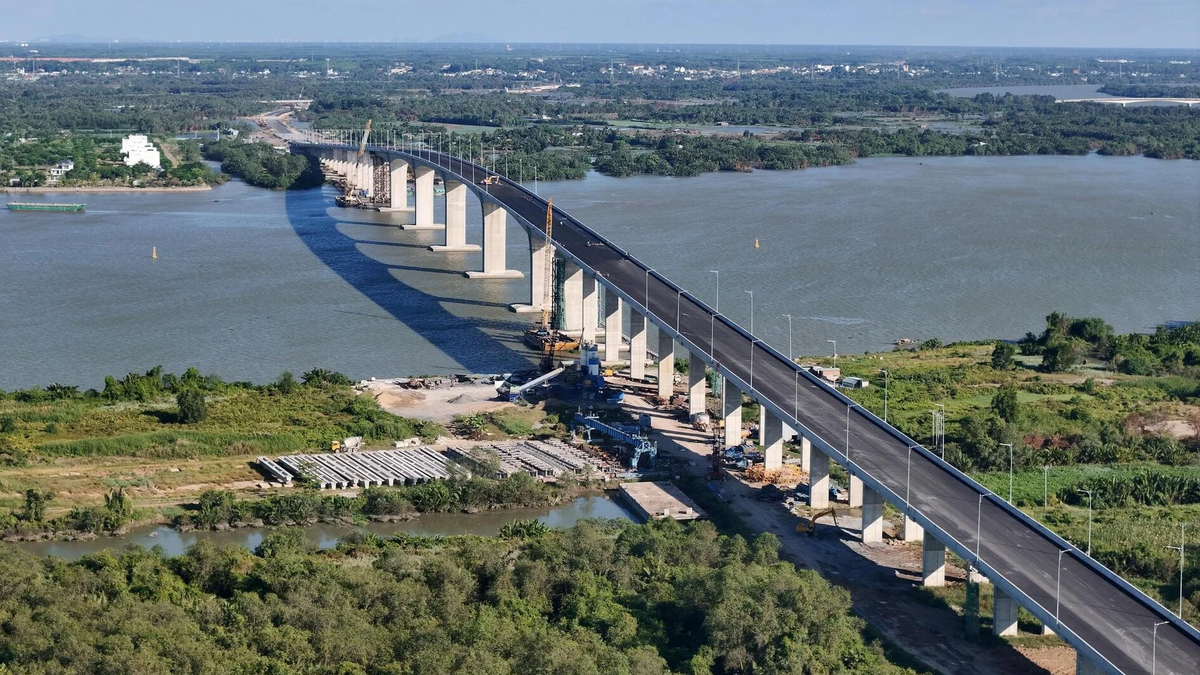
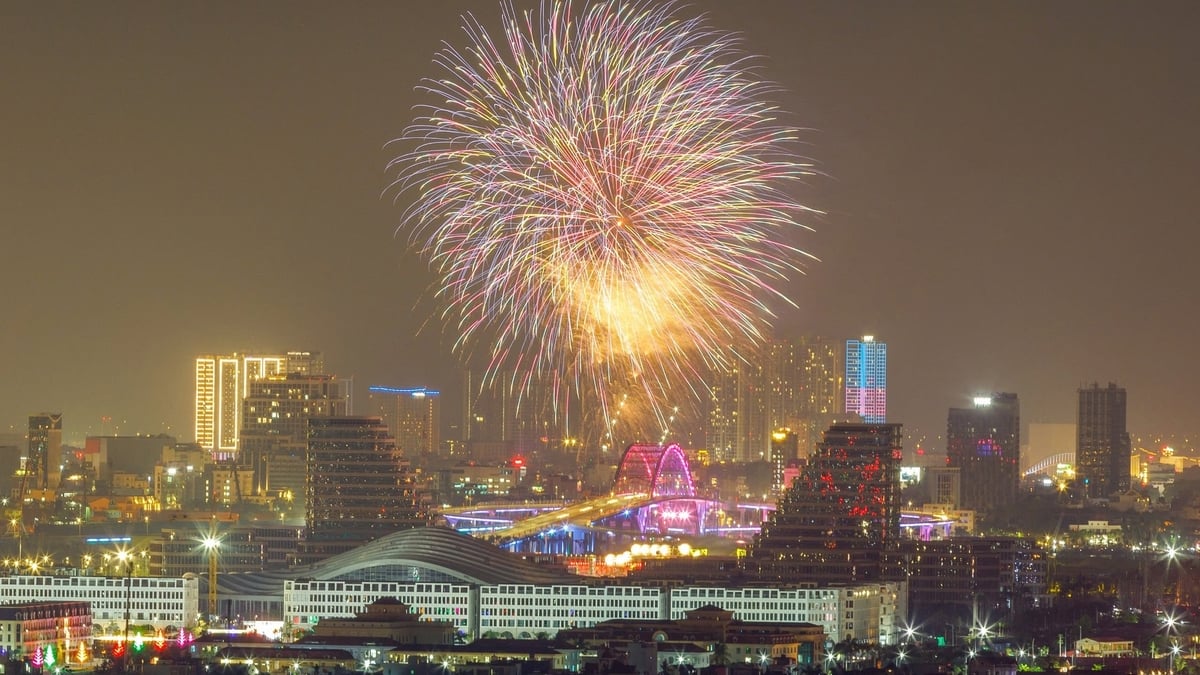


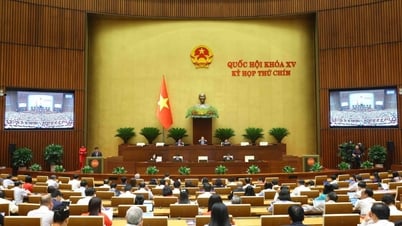





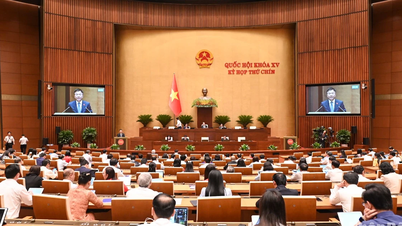

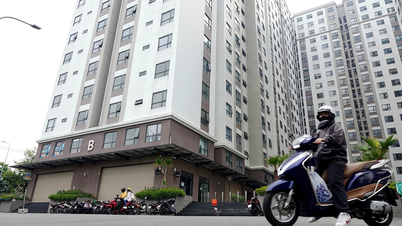
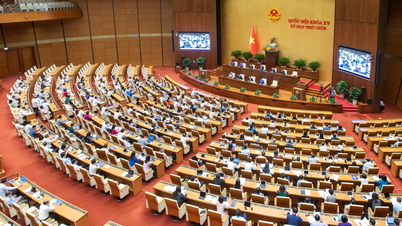

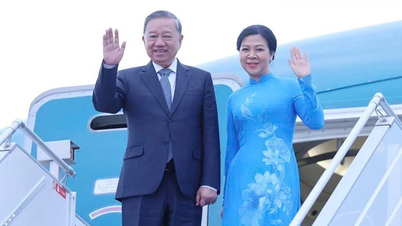

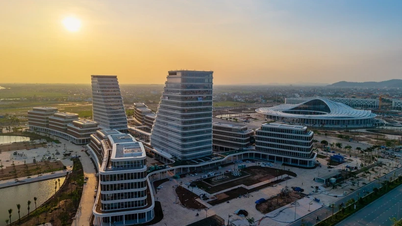
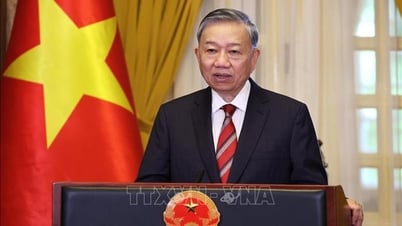
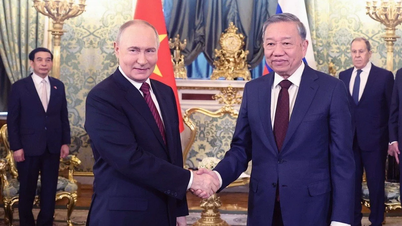




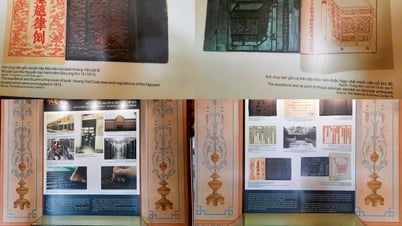
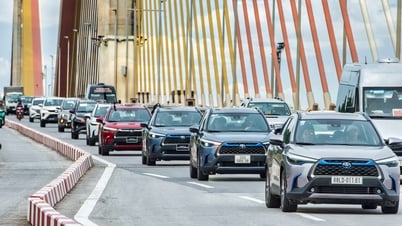




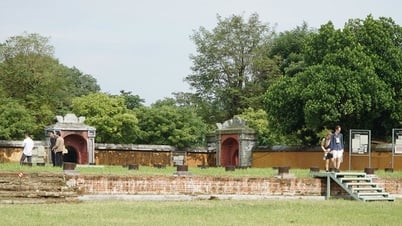



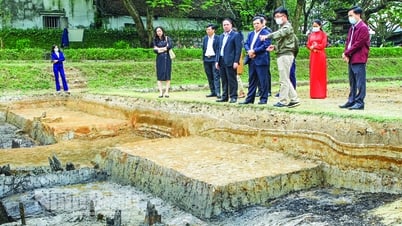






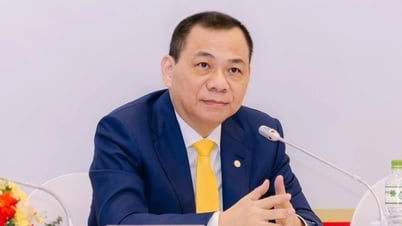


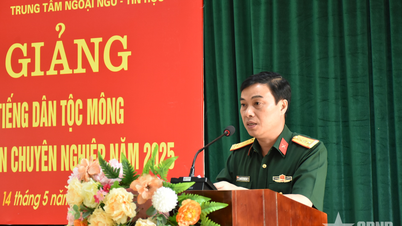
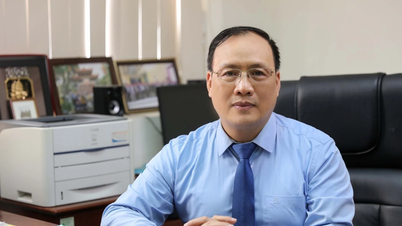

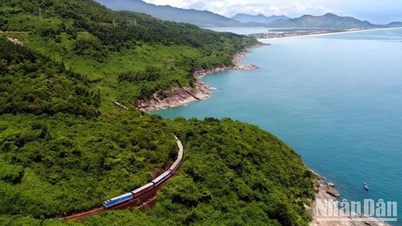


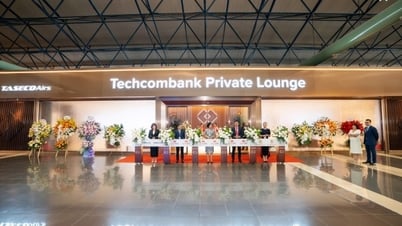


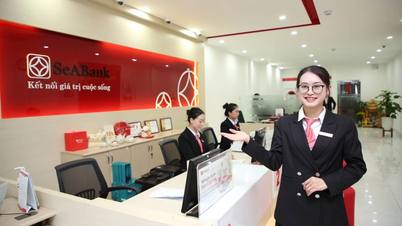

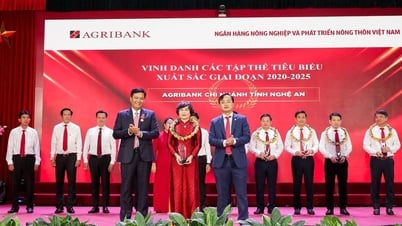

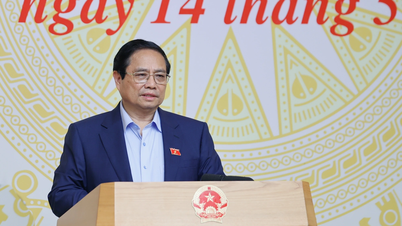
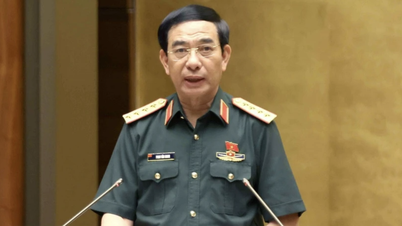
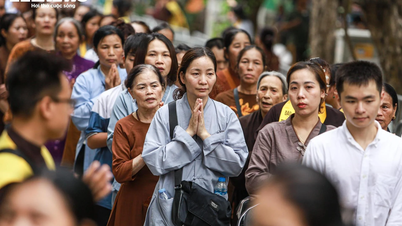




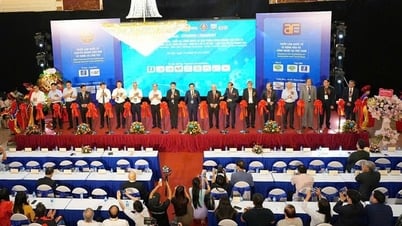

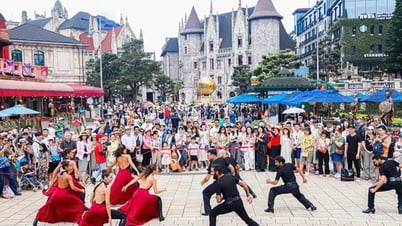




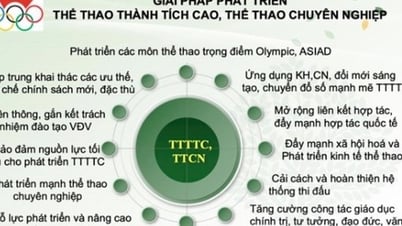

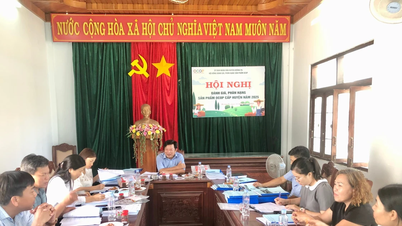
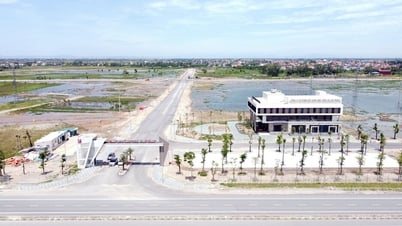












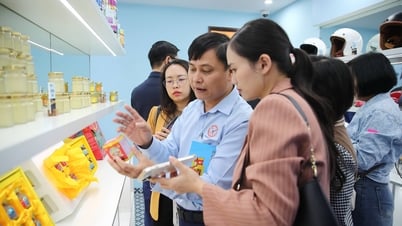

Comment (0)